How To Test Solar Panel Output?
Testing the output of a solar panel is a crucial step in ensuring that your solar energy system is functioning efficiently and effectively. Whether you are a homeowner with a small rooftop installation or a technician responsible for maintaining large solar farms, understanding how to measure and interpret the output of solar panels can help you diagnose issues, optimize performance, and ensure that you are getting the most out of your investment. In this article, we will explore the various methods and tools used to test solar panel output, the factors that can affect performance, and practical tips for accurate measurement.
Understanding Solar Panel Output
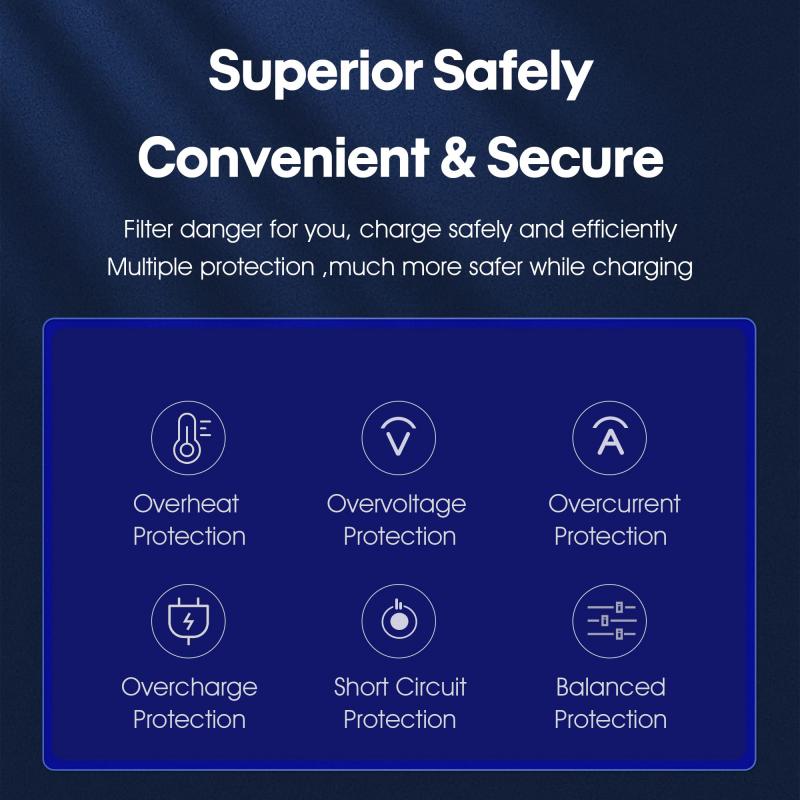
Before diving into the testing methods, it is essential to understand what we mean by solar panel output. The output of a solar panel is typically measured in terms of voltage (V), current (A), and power (W). These parameters can be influenced by several factors, including the angle of the panel, the amount of sunlight, temperature, and the condition of the panel itself.
1. Voltage (V): This is the electrical potential difference produced by the solar panel. It is usually measured in volts.
2. Current (A): This is the flow of electric charge and is measured in amperes.
3. Power (W): This is the rate at which energy is produced or consumed and is measured in watts. Power is calculated by multiplying voltage by current (P = V x I).
Tools Required for Testing

To test the output of a solar panel, you will need the following tools:
1. Multimeter: A digital or analog multimeter is essential for measuring voltage, current, and resistance.
2. Clamp Meter: Useful for measuring current without breaking the circuit.
3. Irradiance Meter: Measures the amount of solar radiation hitting the panel.
4. Thermometer: Measures the temperature of the solar panel, as temperature can affect performance.
5. Load Tester: Simulates the electrical load to test the panel under working conditions.
Methods for Testing Solar Panel Output
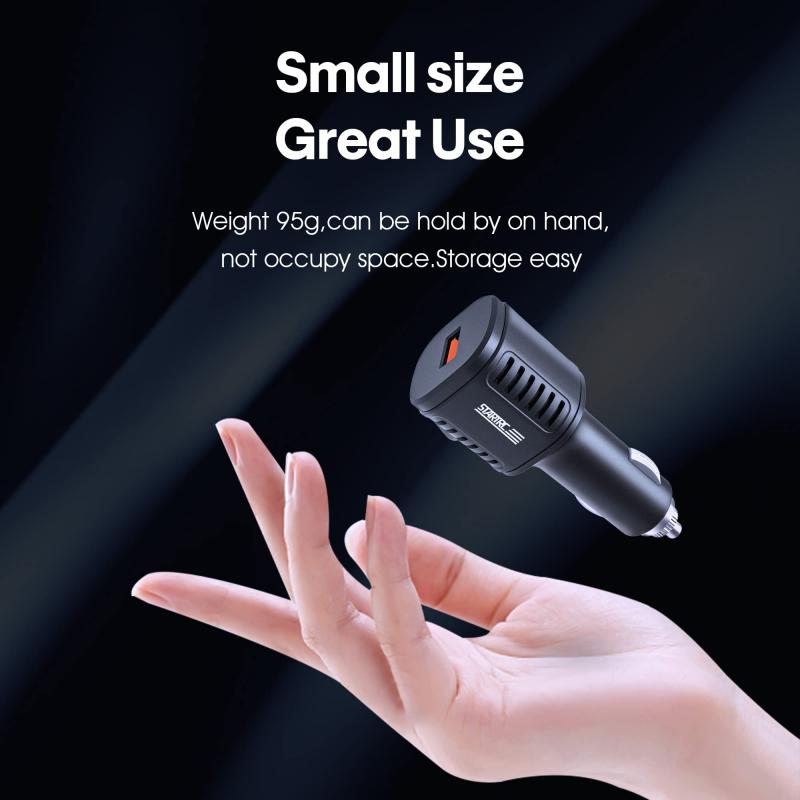
1. Open-Circuit Voltage (Voc) Test
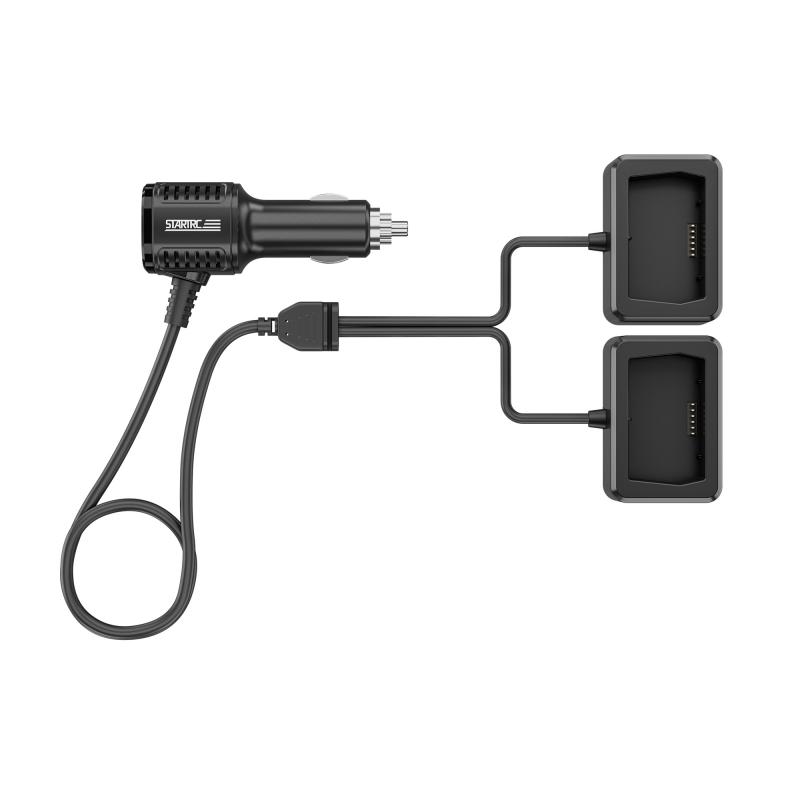
The open-circuit voltage test measures the maximum voltage the solar panel can produce when it is not connected to any load. This test is straightforward and can be done using a multimeter.
Steps:
1. Disconnect the solar panel from any load or charge controller.
2. Set the multimeter to measure DC voltage.
3. Connect the multimeter leads to the positive and negative terminals of the solar panel.
4. Read the voltage displayed on the multimeter. This is the open-circuit voltage (Voc).
2. Short-Circuit Current (Isc) Test
The short-circuit current test measures the maximum current the solar panel can produce when its terminals are shorted. This test is also done using a multimeter but requires caution to avoid damaging the panel or the multimeter.
Steps:
1. Disconnect the solar panel from any load or charge controller.
2. Set the multimeter to measure DC current.
3. Connect the multimeter leads to the positive and negative terminals of the solar panel.
4. Read the current displayed on the multimeter. This is the short-circuit current (Isc).
3. Maximum Power Point (MPP) Test
The maximum power point test measures the maximum power the solar panel can produce under specific conditions. This test requires a load tester or a maximum power point tracker (MPPT).
Steps:
1. Connect the solar panel to the load tester or MPPT.
2. Adjust the load to find the point where the product of voltage and current is maximized.
3. Record the voltage, current, and power at this point. This is the maximum power point (MPP).
4. Irradiance and Temperature Test
Solar panel performance is highly dependent on the amount of sunlight and the temperature of the panel. Measuring these parameters can help you understand the conditions under which the panel is operating.
Steps:
1. Use an irradiance meter to measure the solar radiation hitting the panel.
2. Use a thermometer to measure the temperature of the panel.
3. Compare these readings with the standard test conditions (STC) provided by the manufacturer to assess performance.
Factors Affecting Solar Panel Output
Several factors can influence the output of a solar panel. Understanding these factors can help you diagnose issues and optimize performance.
1. Sunlight Intensity: The amount of sunlight directly affects the power output. More sunlight results in higher output.
2. Angle and Orientation: The angle and orientation of the panel relative to the sun can significantly impact performance. Panels should be positioned to capture the maximum amount of sunlight.
3. Temperature: Higher temperatures can reduce the efficiency of solar panels. It is essential to consider temperature coefficients provided by the manufacturer.
4. Shading: Even partial shading can drastically reduce the output of a solar panel. Ensure that panels are free from obstructions.
5. Panel Condition: Dirt, dust, and debris can accumulate on the surface of the panel, reducing its efficiency. Regular cleaning and maintenance are crucial.
Practical Tips for Accurate Measurement
1. Calibrate Your Instruments: Ensure that your multimeter, irradiance meter, and other tools are calibrated correctly for accurate measurements.
2. Measure Under Standard Test Conditions (STC): Whenever possible, measure the output under conditions that match the STC provided by the manufacturer (usually 1000 W/m² irradiance, 25°C temperature).
3. Record Multiple Readings: Take multiple readings at different times of the day to get a comprehensive understanding of the panel's performance.
4. Compare with Manufacturer Specifications: Always compare your readings with the specifications provided by the manufacturer to assess the health and performance of the panel.
5. Regular Maintenance: Regularly clean and inspect your solar panels to ensure they are in optimal condition.
Testing the output of a solar panel is an essential practice for anyone involved in solar energy, from homeowners to professional technicians. By understanding the various methods and tools used to measure voltage, current, and power, you can diagnose issues, optimize performance, and ensure that your solar energy system is functioning efficiently. Remember to consider the factors that can affect performance, such as sunlight intensity, angle, temperature, shading, and panel condition. With regular testing and maintenance, you can maximize the efficiency and lifespan of your solar panels, ensuring a reliable and sustainable source of energy for years to come.


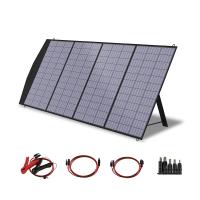
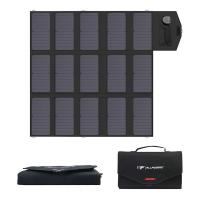
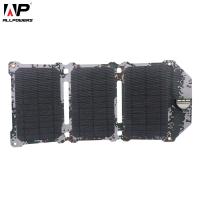
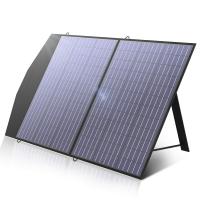
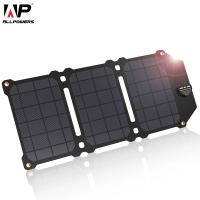
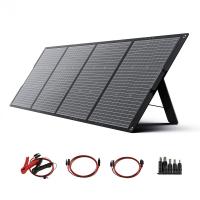
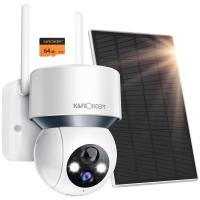
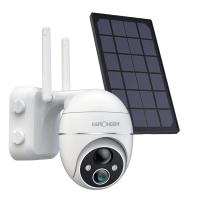
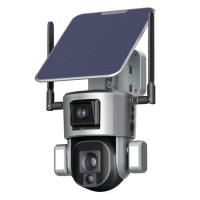
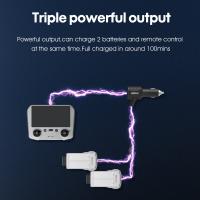
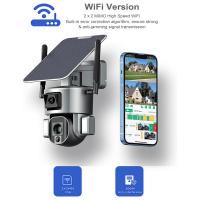
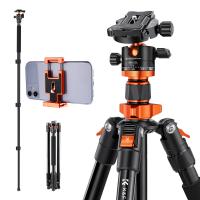

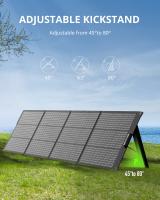
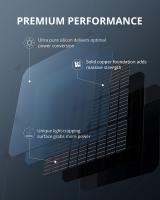


There are no comments for this blog.